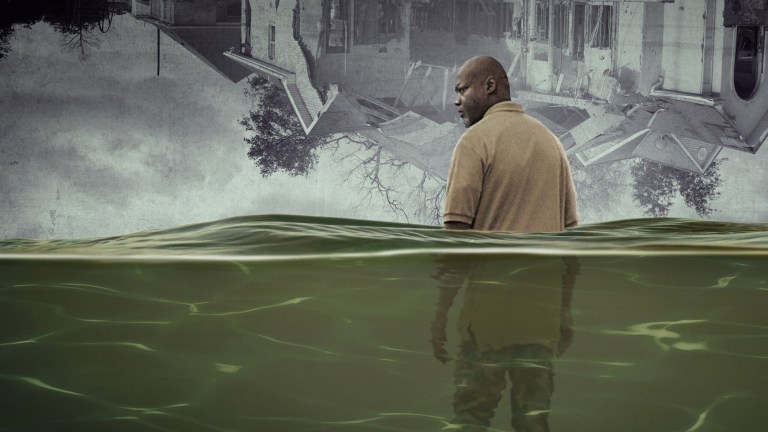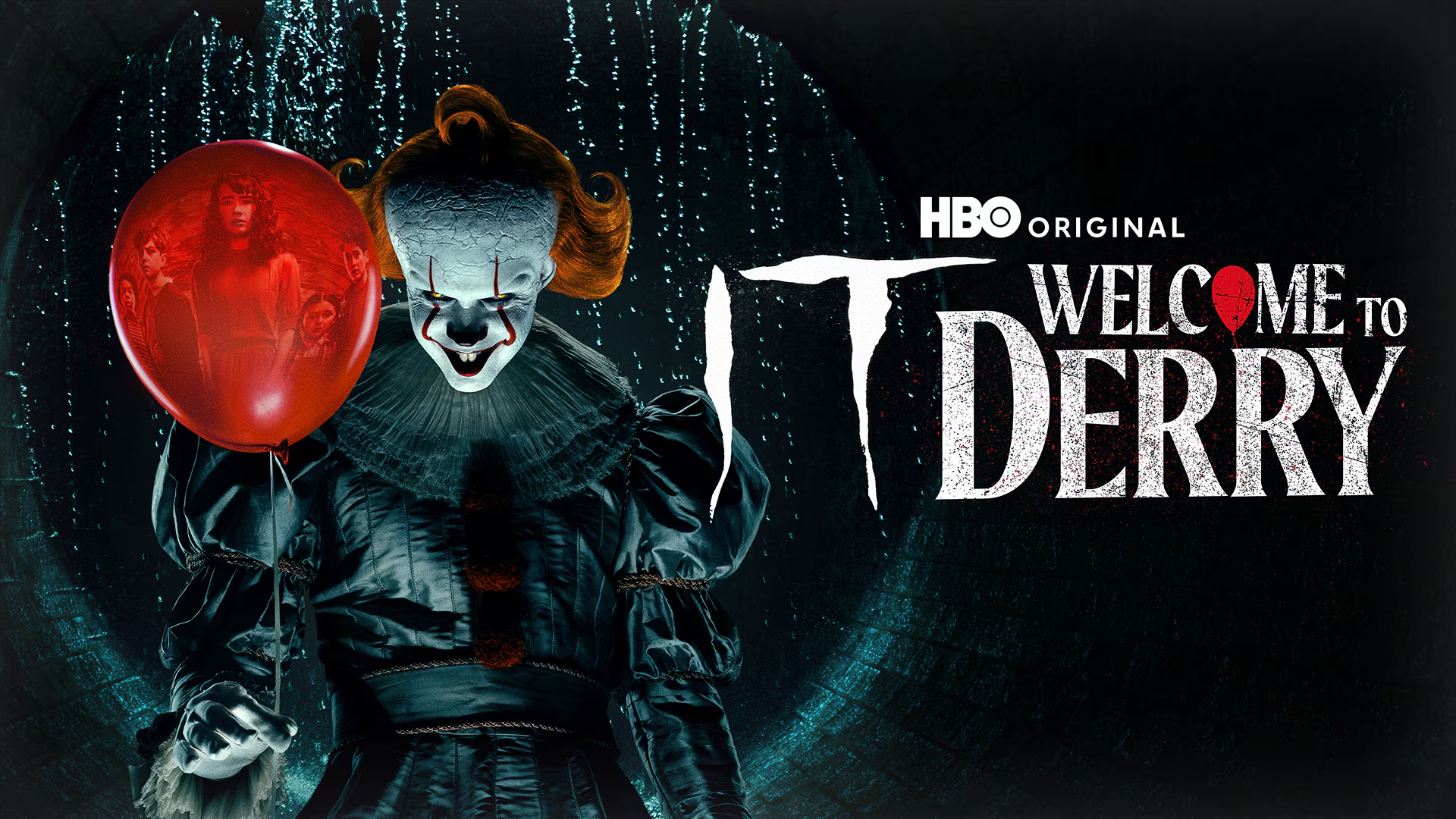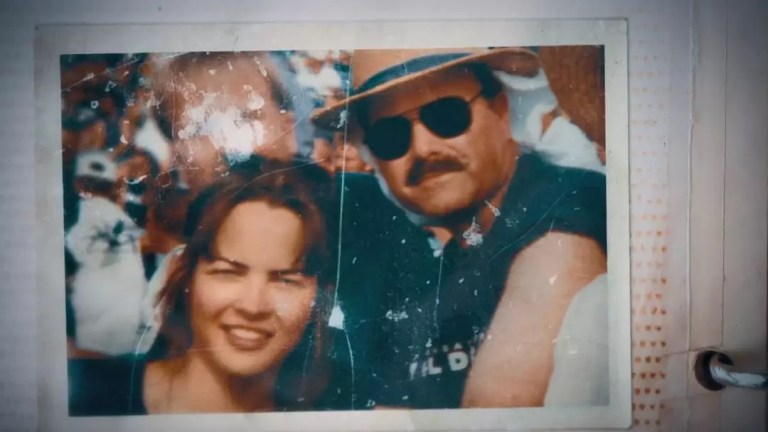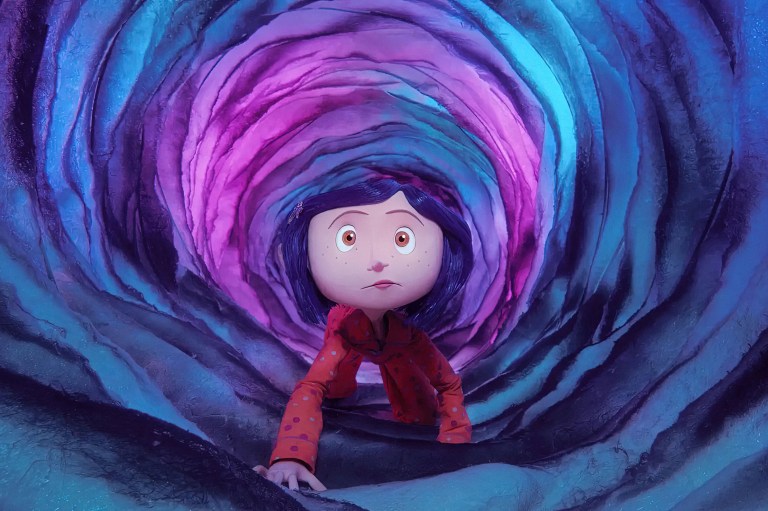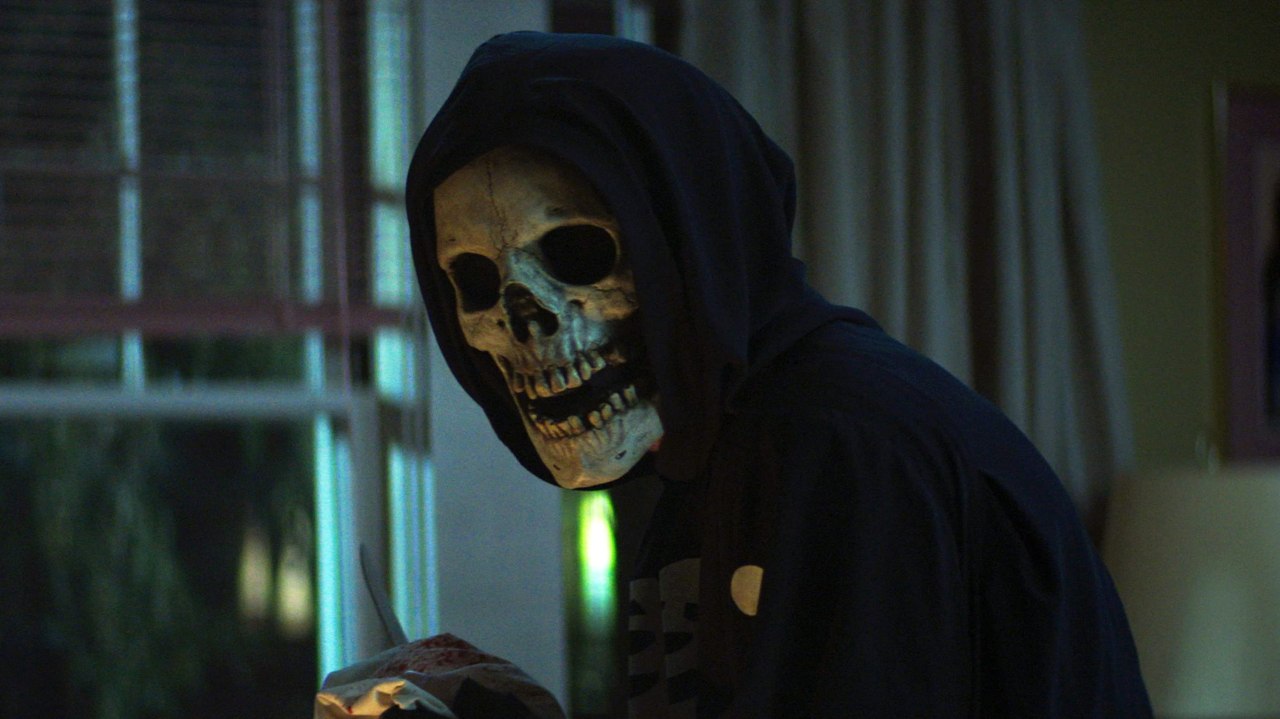
This Is The Best Netflix Horror Trilogy You Probably Haven’t Seen
'Fear Street' brings the colorful and spooky gore we've been missing in the horror genre.
Like hamfisted killer animal movies or half-baked zombie apocalypse films, the horror genre is rife with slasher films of both extraordinarily high quality and … slightly lesser caliber as well.
After all, how many genres are there populated by industry-changing icons like Halloween and A Nightmare on Elm Street and near-unwatchable shlock fests like Leprechaun 4: In Space?
But for every forgettable slasher that arrives on the scene, viewers witness the debut of a truly remarkable horror film – as happens to be the case with Netflix’s criminally underrated Fear Street series.
Spanning three equally fantastic films, Fear Street acts as an ingenious adaptation of R.L. Stine’s YA-driven novel series of the same name. Dark, funny, and genuinely engaging from its opening chapter to its exciting conclusion, it stands tall as one of the most original and frightfully entertaining slashers in recent memory, possibly even surpassing the esteem of fellow genre entries like the rebooted Scream series or the fan-favorite Terrifier franchise. It is, in many ways, the perfect horror trilogy, forming the crux of a ceaselessly riveting horror series that feels like a gory version of Goosebumps for those who grew up watching the series back in the late ‘90s and early 2000s.
With the series’ latest installment, Fear Street: Prom Queen, scheduled for release on Netflix later in May, we decided to shine a light on this all-too-little seen horror masterpiece. From its numerous allusions to legendary horror films to its engrossing central storyline, here are some of the main reasons we recommend checking out Fear Street the next time you log into Netflix.
Welcome to Shadyside, Murder Capital of the World
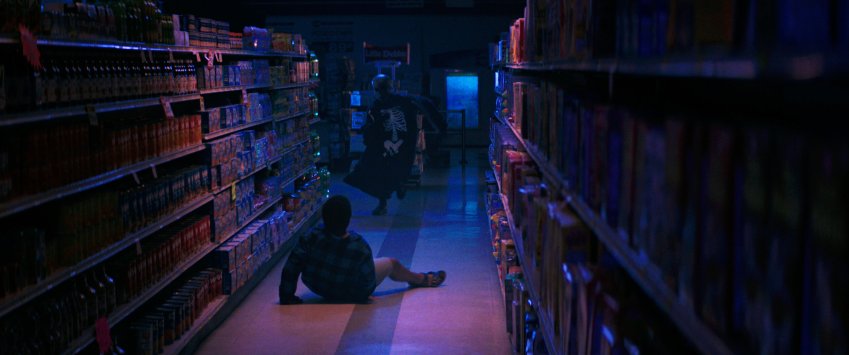
Though it largely hops around in its chronological timeline, the bulk of Fear Street takes place in 1994, with occasional forays into 1978 (Part Two) and 1666 (Part Three). Set in the fictional town of Shadyside, Fear Street: Part One introduces viewers to angsty high school student Deena (Kiana Madeira), a resident of the sleepy lower-income community, Shadyside, and self-admitted skeptic of the paranormal. While Deena insists there’s nothing supernatural about her local haunts, it’s clear that not everything is what it seems in this normal, run-of-the-mill town. Beneath the surface, Shadyside has a long and storied history of violent crimes, turning otherwise average residents into sadistic killers. The only feasible explanation behind these monstrous transformations is a centuries-old curse placed on the town by Sarah Fier, a Puritan settler executed for witchcraft in the mid 17th century.
Disbelieving her town’s supposedly haunted past, Deena nevertheless encounters mysteries beyond her imagination when her ex-girlfriend Sam (Olivia Scott Welch) seemingly becomes the next target for Fier’s curse. Working with her best friends Simon (Fred Hechinger) and Kate (Julia Rehwald) alongside her younger brother Josh (Benjamin Flores Jr.), Deena races against time to uncover the roots of the curse, reversing Sam’s metamorphosis and ending Shadyside’s reputation as the “Murder Capital of the World” once and for all.

We’ll admit, there isn’t much about that plot description that helps differentiate Fear Street from any one of the supernatural slashers that came before it. But in its overall execution, nonlinear presentation, and countless throwback nods to pre-existing horror series, Fear Street rises from a high-concept slasher vehicle into one of the most imaginative horror trilogies ever put to the screen.
Why Fear Street Is The Ultimate Love Letter to the Slasher Genre
Nowadays, it’s become almost customary to see contemporary slasher films include callbacks to some of the genre’s most influential entries. Take, for example, A24’s recent X trilogy, which includes clear homages to everything from The Texas Chain Saw Massacre to Brian De Palma’s Dressed to Kill. Likewise, Blumhouse’s Happy Death Day utilizes a central mystery reminiscent of Scream, while the studio’s Freaky accomplishes a similar feat by partially weaving in references to Halloween and Friday the 13th.

But unlike these aforementioned movies, Fear Street leans more heavily into slashers’ history over the course of the series, never shying away from its influences and including shot-for-shot remakes of its stylistic precursors (like Part One’s opening sequence, which is clearly inspired by the first 10 minutes of Scream). For further evidence of this fact, just look at the several spectral killers that plague the characters throughout the trilogy, many of whom come across as thinly-veiled imitations of beloved slasher villains, including Ghostface (Skull Mask), Freddy Krueger (The Milkman), Jason Voorhees (the Camp Nightwing Killer), and Michael Myers (The Grifter).
Unabashedly embracing its roots in the slasher genre, Fear Street manages to weave together a fresh, fun, fascinatingly self-aware love letter to horror history. Through this, Fear Street can feel, at times, like an ambitious crossover between Scream, Friday the 13th, Halloween, and half a dozen other recognizable horror properties – something that will no doubt appeal to dedicated genre fans the world over.
But far from acting as an intelligent postmodern take on the slasher vehicle alone, Fear Street also acknowledges its own distinct contributions to the horror narrative, as seen through the central mystery that builds throughout the franchise. Setting up an intriguing whodunit-type storyline that merges 17th century witchcraft with conventional slasher tropes, Fear Street delivers a combination viewers may not have realized they wanted to see. What follows is an epic, expansive deep-dive into Shadyside’s disturbing history, from the town’s earliest foundation to its most harrowing past crimes.
As a result, each chapter seems to owe a clear debt of gratitude to well-loved horror movies that came before it, with Part Two taking inspiration from Friday the 13th and Sleepaway Camp, while Part Three likens itself to the historical thrills of The Witch. But throughout it all, Fear Street succeeds as its own unique horror narrative, one capable of delighting casual viewers and diehard horror aficionados alike.
